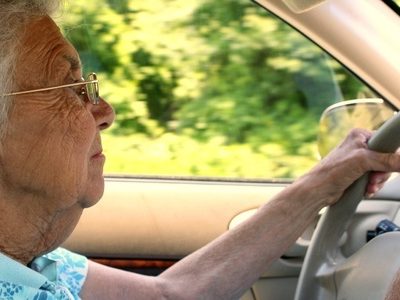

Teen Car Crash Risk Factors
While all drivers face risks, the factor most responsible for increasing car crashes and deaths appears to be inexperience. Statistics show that drivers who have recently earned their license, especially new teenage drivers, have the highest car accident rates. Drivers well into their twenties have higher crash rates than older drivers as well which could indicate that it takes years of practice before we become good drivers. Teen car crash risk factors are all amplified by driver inexperience.
Teen car crash risk factors
We know that teenage drivers have the highest car crash rates of all age groups but teens with risk-taking personalities combined with specific situations and environmental factors are at an even bigger risk of car accidents.
Teenage passengers:
Because most teenagers do not own a car, it is common for teenagers who do to pack their car with their teenage friends. The problem is that teen passengers increase the crash risk for unsupervised teen drivers (Chen, Baker, Braver, & Li, 2000).
In the study on how teen passengers may influence teen drivers, Allen and Brown (2008) suggest adolescent development and structural restrictions imposed by driving such as the inability to read their peers body language to know if they are serious or joking when suggesting risky behavior such as speeding may lead to the increased risk of crashes with peer passengers. This may be because of teenage tendencies to:
- Be comfortable in risky situations
- Want to please peers
- Want to avoid the cost of alienating their peers
- Be distracted by the wild or intoxicated behavior of their peers
Distracted driving:
Because of their inexperience, distractions such as cell phones, playing music or eating have an even more devastating effect on teen drivers. Of the 3,967 drivers in the study under the age of 20 who were involved in fatal car crashes, 16 percent (619 drivers) were distracted at the time of the accident.
According to the National Occupant Protection Use Survey (NOPUS), each year studied since 2006 has found steady use of hand-held cell phones among teen drivers; about eight percent.
Risky driving behaviors:
Research suggests that teenagers are more likely to engage in risky behaviors including when they drive. They are more likely to pull into traffic with less space, make illegal lane changes, tailgate, and drive at excessive speeds than older drivers. (Shope & Bingham, 2008; Ivers et al., 2009). According to the CDC in a 2010 report, they are also less likely to wear safety belts. This risky behavior increases with the presence of peers, especially male passengers (Simons-Morton, Lerner, & Singer, 2005; Allen & Brown, 2008), and boys are more likely to be involved in speed-related fatal crashes than girls (NHTSA, 2008a).
Drinking and driving:
Drinking and driving causes a disproportionate number of fatal car crashes among teenagers compared to adults beyond their early twenties. The instances of drinking and driving as a factor in fatal car crashes starts small among 16 year old drivers but increases into the later teens and young adulthood; more so among boys than girls (11.6 percent compared to 7.6 percent). In just one month, the CDC states that 28.3 percent of high school students reported that they had ridden in a car driven by someone who had been drinking (2010).
Driving at night or on the weekend:
Data from 2009 reported by the Insurance Institute for Highway Safety (IIHS) indicates that the most teen driver car accidents occurred after dark: 6 to 9 p.m. (18 percent), 9 p.m. to midnight (17 percent), and midnight to 3 a.m. (16 percent). The 2009 study also indicated that 55 percent of teen fatal crashes occurred on the weekends.
Rural roads:
A higher number of young drivers are involved in fatal crashes on rural roads compared to urban roads. According to the National Highway Traffic Safety Administration (NHTSA), crashes on rural roads represent 56 percent of fatal crashes and 57 percent of fatalities for young drivers (2009).
A positive factor for teen drivers is the presence of an adult passenger. One study showed that teen crash rates decreased by a whopping 75 percent when an adult was in the car.
If you or a loved one is dealing with an accident or injury, you have enough on your plate. Let an experienced accident attorney fight for the full compensation that you deserve. It is not uncommon to receive a settlement from the insurance company that is five to ten times bigger with the help of a lawyer. Call the caring accident attorneys at Tario & Associates, P.S. in Bellingham, WA today for a FREE consultation! We have been representing residents of Whatcom County, Skagit County, Island County and Snohomish County since 1979. You will pay nothing up front and no attorney fees at all unless we recover damages for you!




